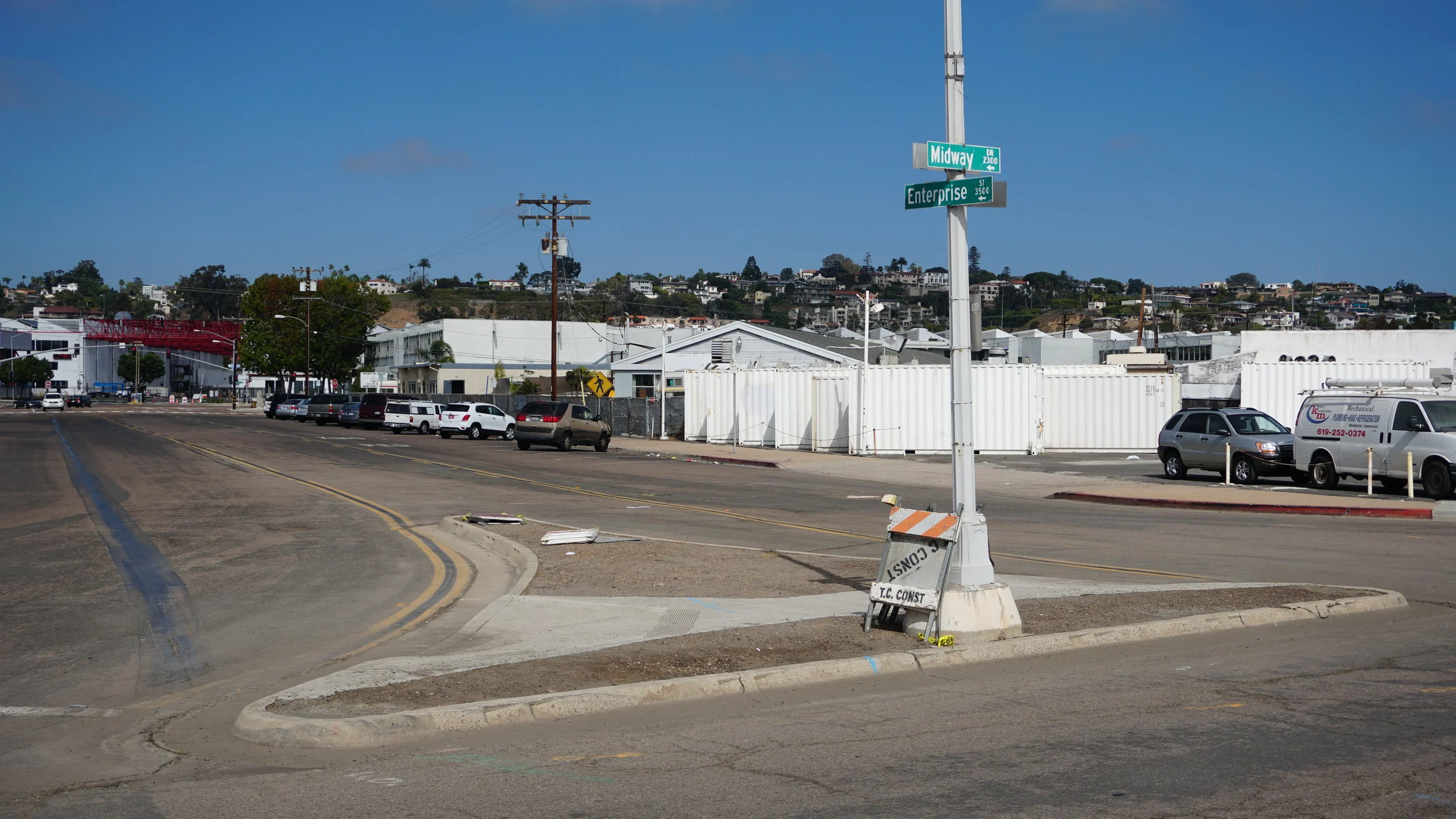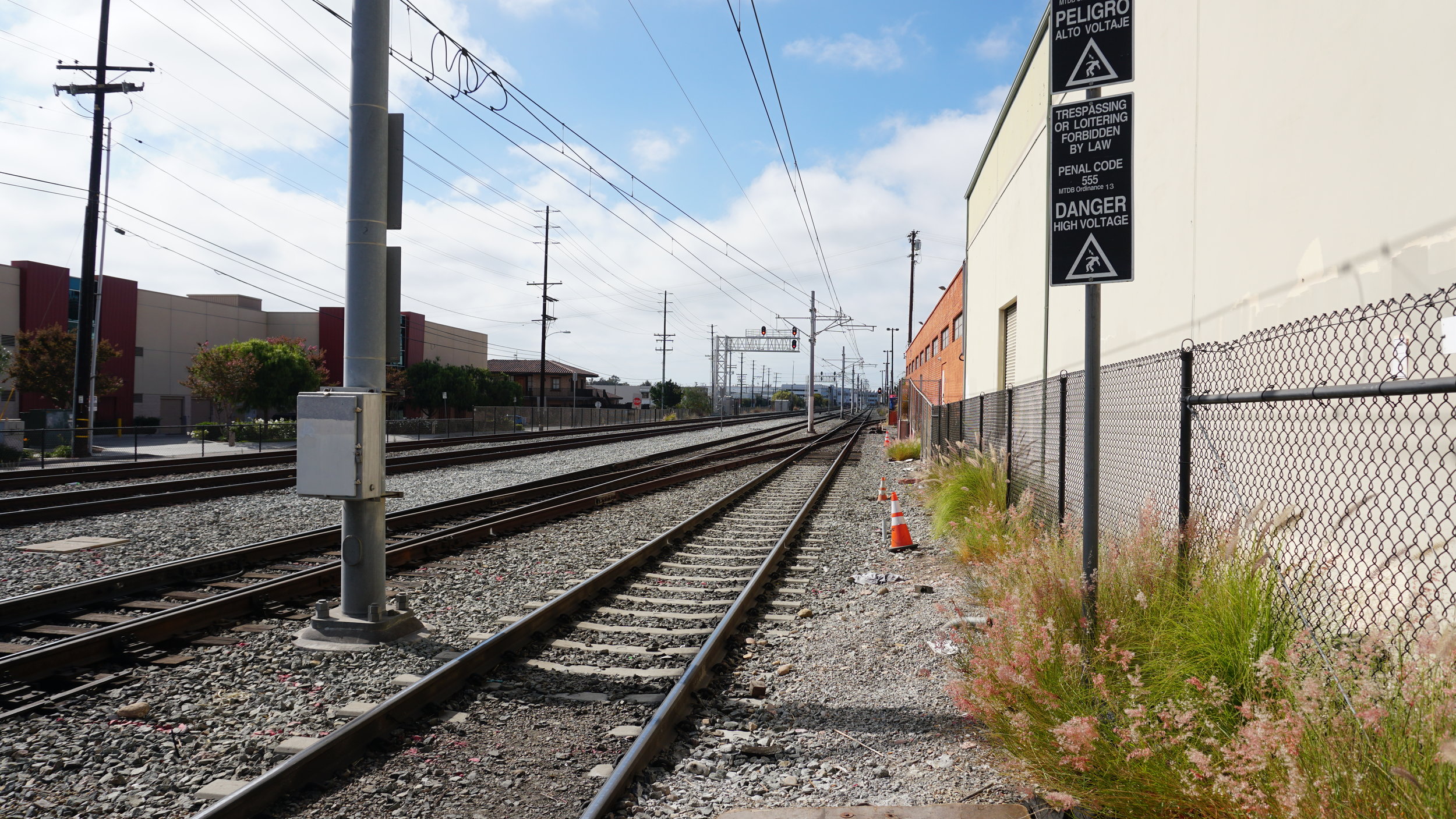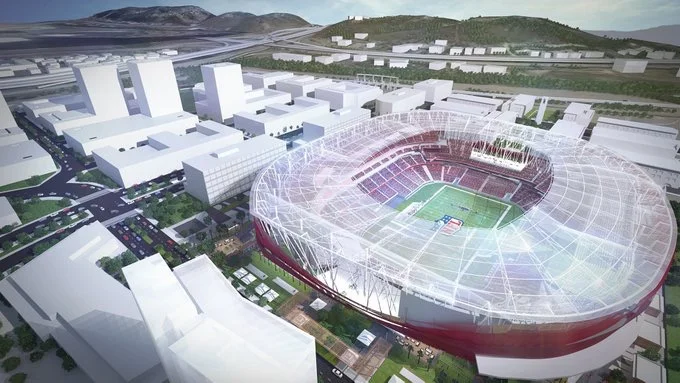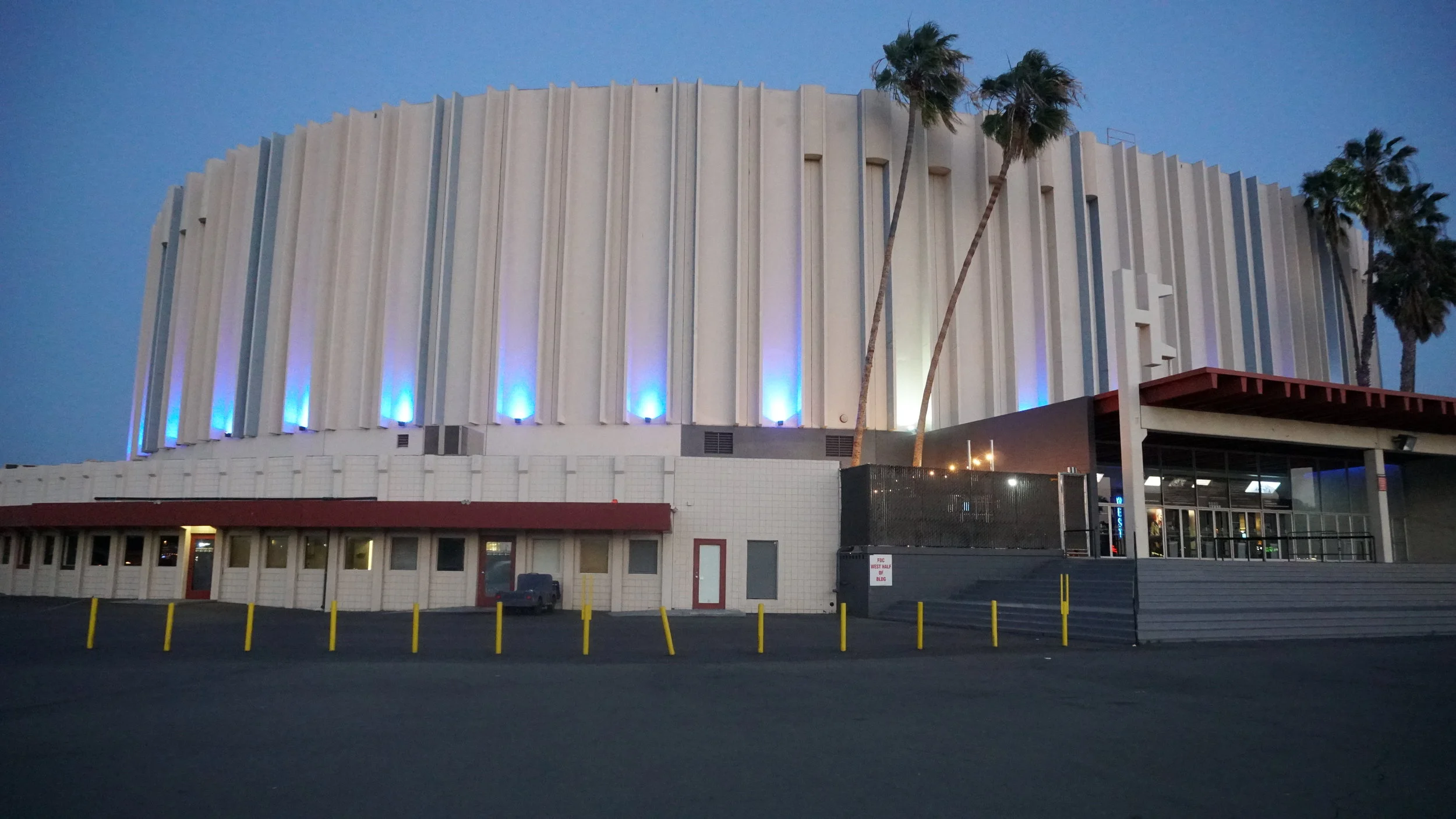Midway District Update, Morena Boulevard NIMBYs and Streamlining Mission Valley: San Diego Summarized | 9-24-18
San Diego has a bizarre and rather unenviable ability to say the right thing and then do the wrong thing. Again and again.
In the year 2015, the city of San Diego passed the Climate Action Plan, a set of targets for environmental standards across town. The CAP, as it is referred to by the few, the fierce and the frustrated who are aware of its existence mandates by law that San Diego halve greenhouse gas emissions by the year 2035, largely by transitioning citizens away from personal cars as a primary mode of transportation and shifting the population towards alternate means like walking, biking and public transit.
Coupled with this shift in transportation is a deliberate design to build new housing that is both dense and located efficiently along major arteries of the city, effectively lowering the degree of difficulty for residents to rely on convenient transit options.
In the last week alone though, the goals of the Climate Action Plan have taken a battering. On Monday the Midway Community Plan Update that has been 11 years in the making was unanimously approved by city council. Barring some unforeseen turbulence, nearly 11,000 new housing units will be built in the Midway area in the next decade or so, which is a very good thing.
However, the lack of transportation infrastructure built into the plan and integrated across all of San Diego, coupled the community’s desperate attempts to increase parking spaces in areas were major points of frustration to Sophie Wolfram, Director of Policy for the Climate Action Campaign organization that conceived the San Diego’s CAP in the first place.
“There’s no comprehensive plan for how all these pieces come together and you can’t just hope it is going to work,” explained Wolfram. It’s ridiculous.”
The Green Line Trolley passes through the Midway panhandle before curling into the Old Town Transit Center where the forthcoming Mid-Coast Trolley is expected to begin service from in 2021.
“There’s been this transportation master plan out there that’s supposed to be the comprehensive road map to the mobility targets for the city, so you can see here’s the amount density, here’s the amount of transit needed in each community to get us to these targets, and with that you could work towards these goals but that plan has just never materialized.”
On the heels of Monday’s Midway Community Plan Update came a story from Voice of San Diego’s Andy Keatts that revealed that the city of San Diego is points to back down on a plan to increase the now notorious height limit in some communities west of Interstate 5.
“For a second time, San Diego city planners are walking back plans to let developers build taller buildings near new stations along the $2.1 billion Mid-Coast Trolley line.
Planning Director Mike Hansen issued a memo Monday, obtained by Voice of San Diego, announcing city staff won’t propose increasing the height limit near the new transit station at Tecolote Drive. The city had planned to increase the height limit from 45 feet to 100 feet, as part of the Morena Boulevard Specific Plan the City Council is expected to vote on early next year.”
Clairemont and Bay Park residents have strongly opposed plans to add taller, denser housing near stops along the Mid-Coast Trolley line. Photo by Jamie Scott Lytle
It probably sounded like a good idea at the time back in 1972 when it was put in place, but the ordinance that prohibits new buildings being built west of the 5 has been the definition of divisive. Limiting the height of new building, particularly along new transit lines that are barely beginning to actually link San Diego’s massive geography together, is the height of idiocy.
San Diego’s housing stock is already not keeping up with demand. SANDAG staffers have in recent months met with planners countywide to learn where their local plans allow for housing – and how much. They concluded city and county plans permit 357,000 more units between now and 2050, short of the 509,000 additional homes SANDAG estimates the region will need.
By limiting the capacity for additional density along a major new trolley line, San Diego is effectively going for a swim with cinderblocks tied to its ankles.
We can be reasonably sure that said swim will not take part in the San Diego River along the Mission Valley site that the Chargers once called home.
A new story from VOSD’s Ry Rivard examines the River Park plans made by both SoccerCity and SDSU West, the two plans set for November’s Midterm election that both seek to redevelop the 166 acres in Mission Valley into a mix of stadium, housing, classroom/office space, retail and a river park.
For years, the San Diego River Park Foundation has been talking about similar ideas for a river park on a corner of the vast city-owned stadium site.
In 2016, it put out a plan for what a river park on that site might look like. It’d be about 60 acres, or roughly 45 football fields, of parks, restored habitat and flood control areas.
Half of the 60 acres would be publicly accessible parks that are already called for in city planning documents.
Ten acres would be set aside for ecosystem health and flood management.
Five acres would be land to link the stadium up with a regional trail system.
A final 15 acres would be to “celebrate the river” and give people who visit a chance to be next to water. The main feature here, though, would be a new artificial pond instead of the river itself. People can’t be in the river, because of endangered species protections for animals that live along it, like a songbird known as the least Bell’s vireo.
The river park, in that sense, will be a park near the river, but set back by a buffer zone to protect wildlife.
Both the SoccerCity and SDSU West plans contain language about the park, but as Rivard explains, that’s where similarities start to end. The SoccerCity plan is privately funded and the investors behind it have publicly committed to spending up to $40 million to construct something “beautiful, vibrant and sustainable.”
“They are going to be super parks, and we’re going to ask people what they want to see as part of that,” said Nick Stone, the Project Manager for the SoccerCity effort.
SoccerCity’s rendering of what their park would look like.
SDSU West intends to use borrowed funds from unknown sources for the construction of the stadium described in the plan, but City Attorney Mara Elliott raised explicit concerns about the measures that might give park boosters pause.
In another analysis of the SDSU West plan, Elliott told the city clerk:
“The land specified for the location of a river park would not be sold as part of this measure. The measure does not specify who would pay for, develop, build, or maintain a river park. The measure would prohibit the use of the City’s General Fund to pay for the development of the river park but does not prevent other types of City funds from being used.”
The Mission Valley site is another plot of land, similar to Midway and the Morena corridor that could be vital in helping the city integrate the badly needed housing and transportation infrastructure needed in order to even have a chance of achieving the Climate Action Plan. This past summer saw record-breaking heat waves, warmer-than-ever coastal waters and deadly fires ravage the countryside.
In addition to building housing along transit lines, adding open green spaces to communities does wonders for both beautifying the area and also diminishing green house gases. Removing the largest parking lot west of the Mississippi and revitalizing the natural habitat along the San Diego River is a simple and obvious way to make San Diego a truly fine city to call home.









